
How Linen is Made: A Step-By-Step Adventure
Linen has been a classic mainstay for centuries. An enduring luxury, its status hasn’t fallen out of vogue since its first application. From the mummification practices of ancient times to curtains in medieval castles, this elite textile has stood the test of time. Today it remains one of the most popular long-lasting and durable fabrics. Used in a number of diverse capacities like clothing and bedding, this ageless, minimalist material is adored for its versatility, simplicity, longevity, and sustainability.
So what exactly is linen, and how is it made? Understanding the methodical lengths it takes to create and craft such an elegant organic item will lead to a better appreciation for this everlasting art.

Linen’s Leap From Flax Fiber to Fashionable Fabric
The process for creating natural linen has remained relatively constant throughout the years, the only changes occurring with the continual advent of technology. This has allowed production to evolve, becoming more rapid and consistent while maintaining optimal quality. From planting and harvesting to mechanics and weaving, all levels of this age-old practice have taken on a 21st-century mindset though still retaining a venerable and incomparable crafting standard.
The Playing Field
HomeyLinen exclusively uses OEKO-TEX certified European linen, which is chemical-free, eco-friendly, and sustainable. European linen is the epitome of refinement. Representing over 80% of the world’s production, the continent devotes around 75,000 acres of land to yield over 135,000 tons of flax each year, most of which is concentrated in the historic growing region between Northern France and the Netherlands. In fact, flax is the only natural fiber cultivated in Western Europe.
Flax grows relatively quickly. In the early spring, seeds are sown, and approximately 100 days after this, the plants will be in full bloom. Uniquely, the blue or white flowers each only blossom for a single day, specking the fields with a hint of deep color.
Once the flowering cycle concludes, the plants are pulled. Custom machines were developed specifically for this duty, as well as setting the flax down in rows. Once they perform these operations, everything is left as-is, ready for nature’s retting.
Retting occurs for a typical period of two to six weeks. This is the process where weather, soil, and micro-organisms break down the pectin within the flax, loosening the all-important fibers. Periodically, the flax is turned, allowing for uniform degradation as well as the typical beige color. Retting requires precise professional attention, or else the entire crop can fail. After confirmed maturity, the flax is baled. 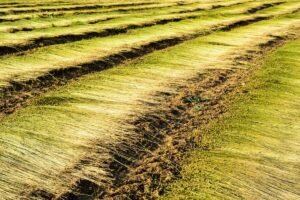
Processing Plants
In pure linen production, flax fibers are the critical component used to form textiles. These fibers can be found in both the stems and roots of the plant, but separating them takes some work. The impurities need to be filtered from the raw material to achieve the right product quality.
Scutching is an archaic and meticulous skill that hands-on purist artisans still practice today on a small scale. However, when it comes to high production volumes, industrial machines in textile mills do much of the time-intensive, physical labor. They separate the fibers from the shives or woody stems. The shives go on to other uses, such as animal bedding, as no part of the flax plant is wasted.
Flax fibers are then grouped into one of two categories. This distinction is the result of an extensive combing process called hackling, where pin-like teeth repeatedly sift through the fibers. Only the longest and smoothest strands are known as the line, while the shorter and harsher pieces are the tow. The line goes toward producing the finest textiles, while the tow ends up as material for coarser, heavy-duty products.
Spinning a Tale
After hackling, the fibers are just about ready for spinning. First, strict measures must be taken to ensure even coloring, consistency, and quality. Once conditions are verified, the fiber is fed into the spinning machine, where each end is clamped onto a roller. Underneath each roller is a second roller that revolves at a higher speed to allow lengthening to a particular weight or count.
The line is spun wet for a soft and polished shine. As the tow is utilized for other purposes, its spinning process is done dry or half-wet, giving it a more rugged and structured appearance.
The yarn is then wound onto spools. To assure an even distribution, a ring moves around the spool at a rapid rate. At the same time, a rotating movement continuously twists the fibers for optimal torsion, tension, and strength. Oftentimes, especially in large manufacturing facilities, the spools are combined into larger bobbins.
Weaving is Believing
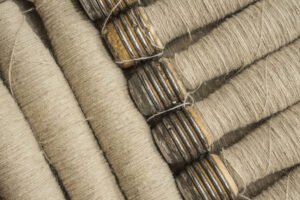 All bobbins are inspected and need to be certified to meet exact quality criteria. Once this occurs, the set-up for weaving can begin. Making the warp beam is the first step.
All bobbins are inspected and need to be certified to meet exact quality criteria. Once this occurs, the set-up for weaving can begin. Making the warp beam is the first step.
The warp is the longitudinal direction of the woven fabric. Large beams are filled with industrial amounts of yarn, guided through individual mechanical weaving elements called dropwires, heddles, and reeds. Weaving looms are carefully calibrated in a humidity-controlled environment to ensure proper placement and results.
Weft yarns are used for interlacing. They cross courses with the warp to produce the textile. In modern industrial design, all mechanical aspects function under constant observation to safeguard against flaws and malfunctions. Central monitoring systems are always operational, while mechanics, weavers, and technicians work on the looms. Menders provide additional quality control and hands-on repairs with precision and a keen eye for detail.
The textile is fed into a machine that shears the excess pilling and impurities for a perfect texture. Then finishing treatments such as natural dyes, fire retardants, or water repellents are added. Alternately, the linen can remain in its loom state, which means that it goes untreated.
The Final Product
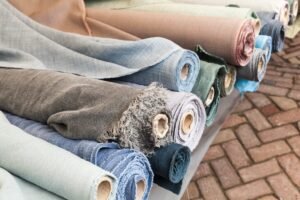 Over the centuries, the modest origins of crafting linen have developed into a mechanical wonderment. Still retaining exceptional quality, thanks to technology merging with the human eye and mind, textile production is more efficient than ever. Though the steps remain the same to manufacture an unparalleled end result, they’re now undertaken in a proficient way that exponentially enhances output and availability.
Over the centuries, the modest origins of crafting linen have developed into a mechanical wonderment. Still retaining exceptional quality, thanks to technology merging with the human eye and mind, textile production is more efficient than ever. Though the steps remain the same to manufacture an unparalleled end result, they’re now undertaken in a proficient way that exponentially enhances output and availability.
HomeyLinen recognizes the advantages of this accessible value and is dedicated to promoting the luxuries of linen to the world. With its antibacterial, hypoallergenic, and natural thermoregulation, linen’s soft comfort is an exceptional and enduring trend that’s both timeless and true.

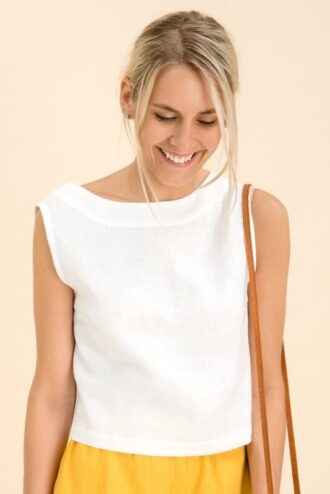
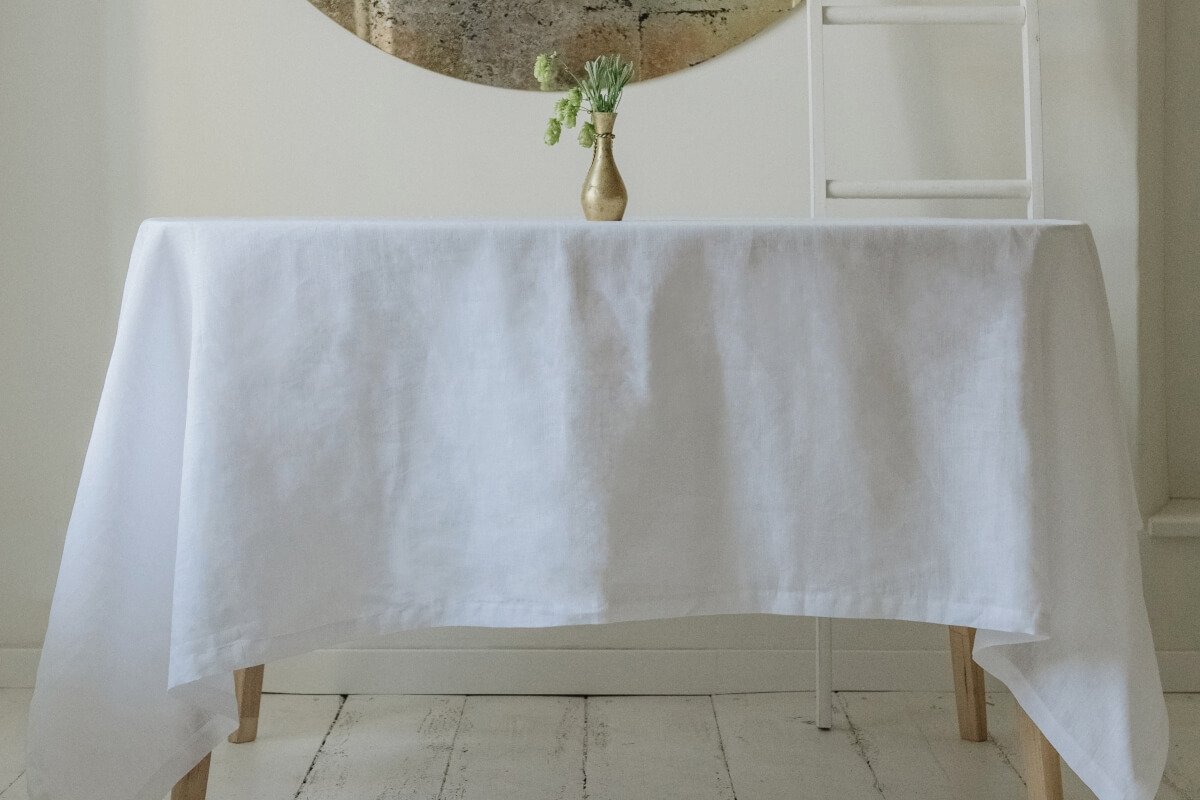
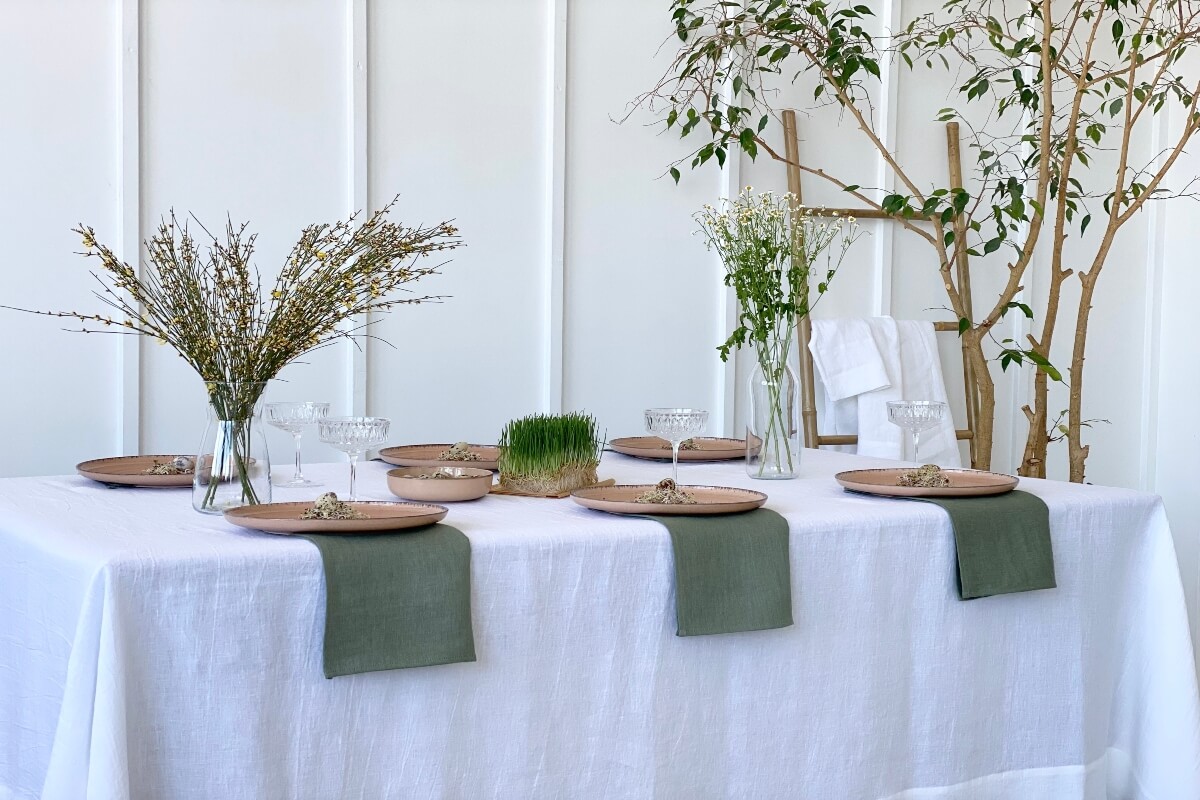

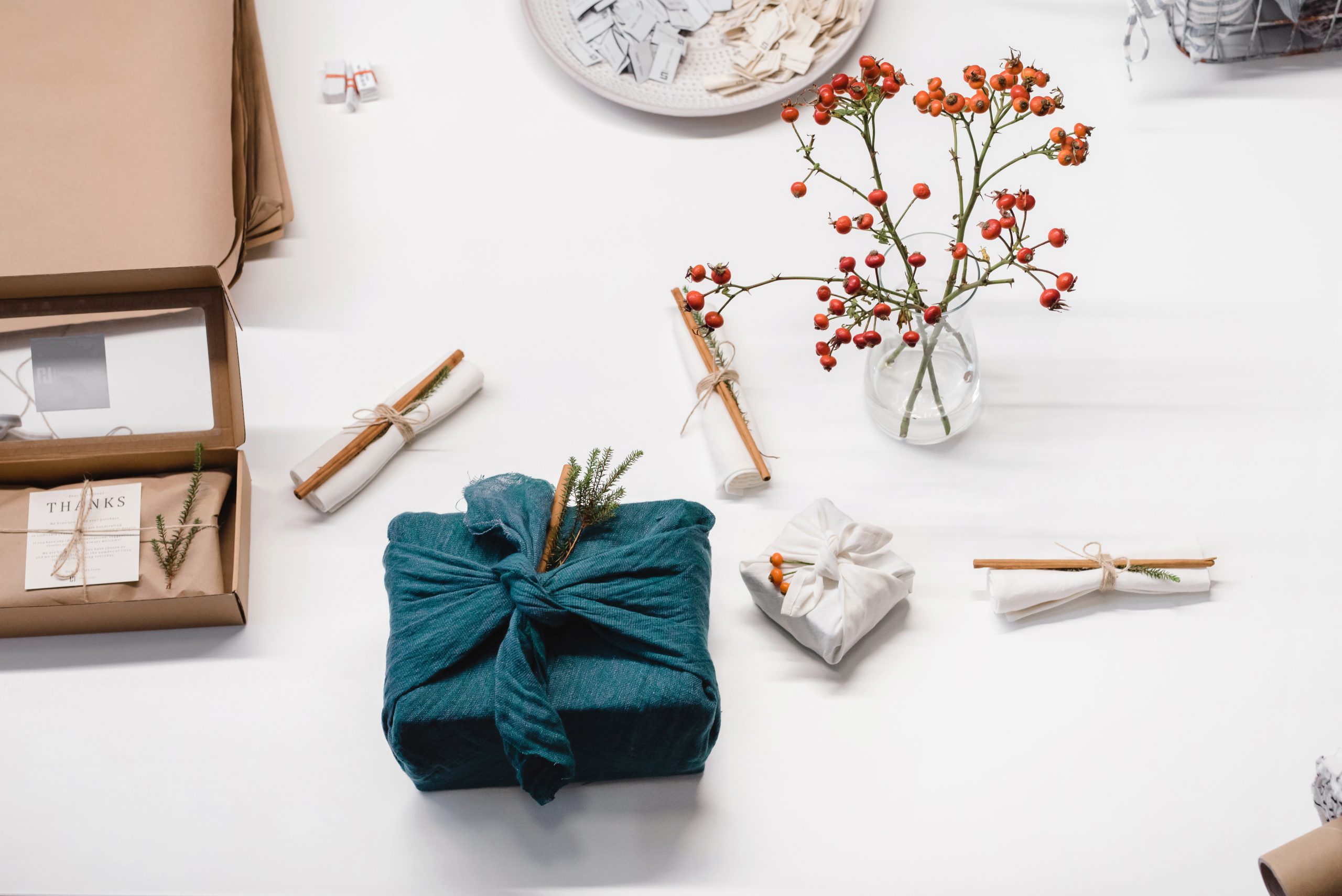








No comments yet.